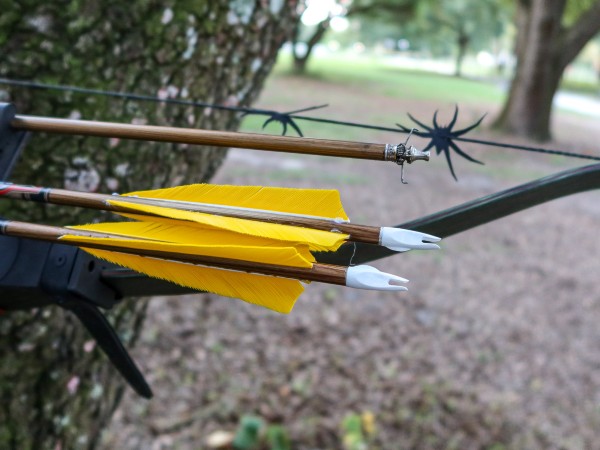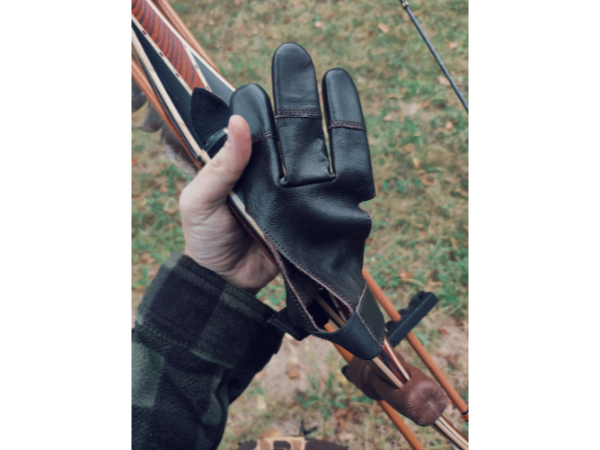Many of us have been there before. Brown down during the morning hunt, then you spend the early afternoon getting it skinned, quartered, boned out, or whatever your preferred processing technique is in the field. Now your pack is loaded up, the afternoon sun is beating down on you, and you’re staring at a few miles and 2,000 feet of elevation gain to get it back to camp to hang. That’s when you realize, “I should have been more prepared for this.”
That is exactly where I found myself in the mountains of Idaho desperately trying to impress my father-in-law, earn some of that delicious elk meat that was going home with me after the hunt, and… well, not die on the way up. After the pack out, I decided it was a good idea to not just work on cardio, but also to prepare specifically for the pack out. Not only will this help out during a successful hunt, but I will get more familiar with my gear, and give my nosey neighbors a reason to call me the weird guy who takes his dogs, and hunting gear on walks around the neighborhood.
The first thing you need to figure out is what to use for weight in your pack. Garage sale free weight finds are great. I am using a 50-pound bag of playground sand I picked up at one of the big box home stores for under $5. Water softener salt also works great, and in a pinch, you can just use anything you’ve got laying around the house. I’ve even used old college text books before.
Next, you want to realize that we’re talking about distributing load to simulate a pack out, and not the load and distribution you would have for an extended backpack trip. Load distribution is important to save your back for sure, but not nearly as important as it is while backpacking. I don’t know about you, but I’ve never been able to get an elk quarter to sit perfectly in my pack during a pack out.
Here’s a tip to save wear and tear on your gear. I recommend wrapping your weight in a garbage bag or two. Since I’m using playground sand, the last thing I want is to get any of it in my pack. I can only imagine changing my underwear halfway through an extended hunt, and finding the inside of my britches to be like sandpaper on my nether regions.
Each pack is different. I’m using the Kifaru 22 Mag, which comes with a meat shelf between the pack and frame. This helps keep the load close to the frame and I can use the compression straps to hold it more in the middle of the frame. You want to keep the weight in the middle or higher part of the frame to keep the weight on your hips, and not pulling on your shoulder straps. If you have to put the weight inside your pack, put something underneath it to raise it up in the pack so it’s not sitting too low. A loose sleeping bag would work great, or old jackets, towels, etc. Whatever you use should be lighter weight so you’re not just stuffing the bottom of your pack with more weight. That would be fairly counterproductive considering the goal here is to raise the weight a bit higher.
Once your pack is all set up, the last thing to do is to go hike. Around the neighborhood is a good start, and work your way into the hills and mountains. There’s nothing better than training in the type of terrain you’re going to be hunting, and it could be a great scouting opportunity as well.
- Carry about 50 pounds of weight.
- Put it higher up in the pack.
- Cover sand or concrete bags to avoid spilling into your pack.
- Place lightweight material in the bottom to move the weight higher.











Leave A Comment